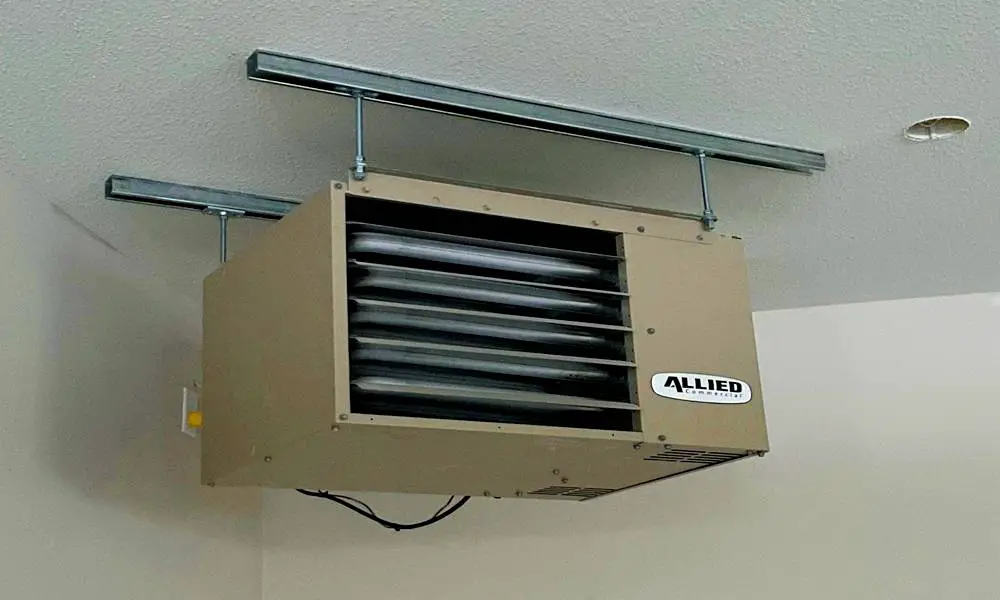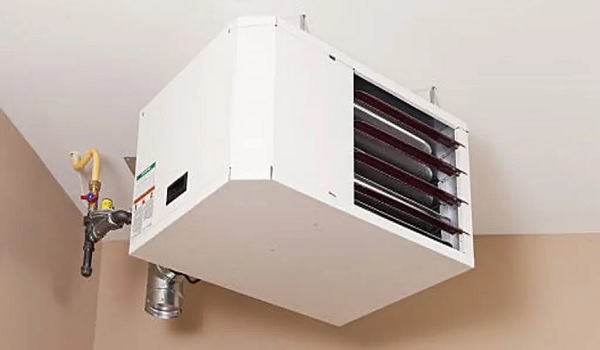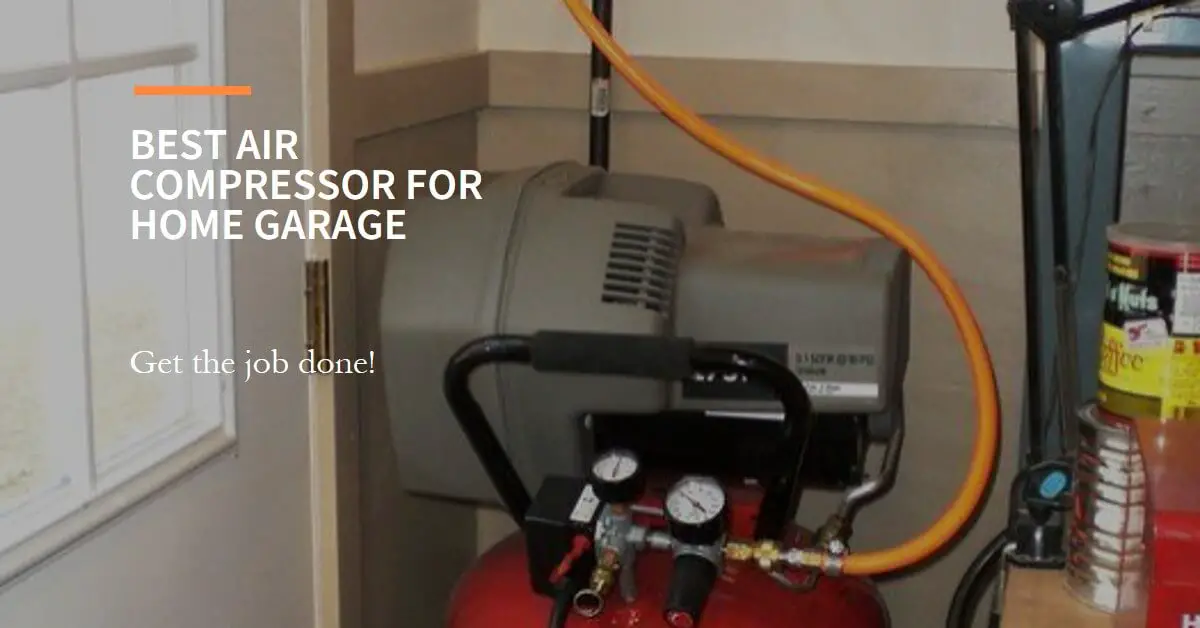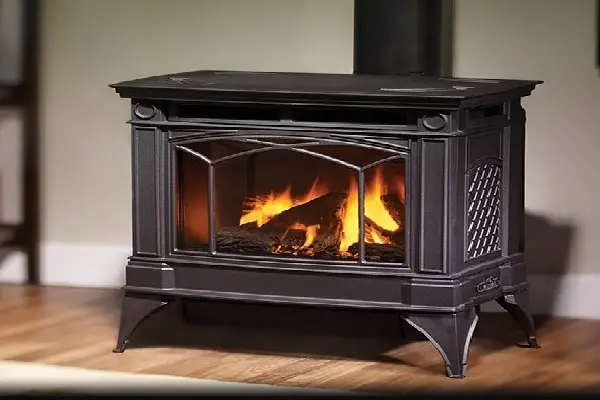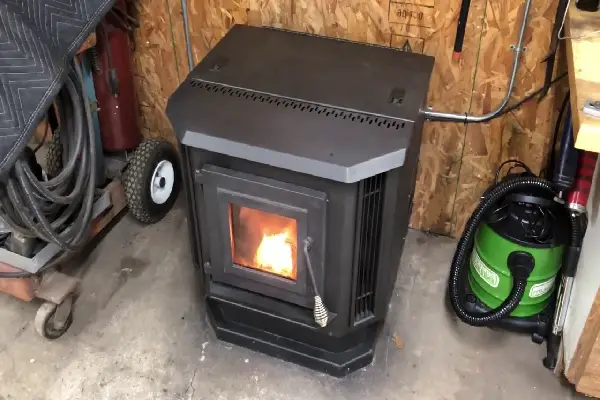Is a 75000 BTU Garage Heater Right for You?
75000 BTU Garage Heater A garage heater is an essential appliance for those who spend significant time in their garages, […]
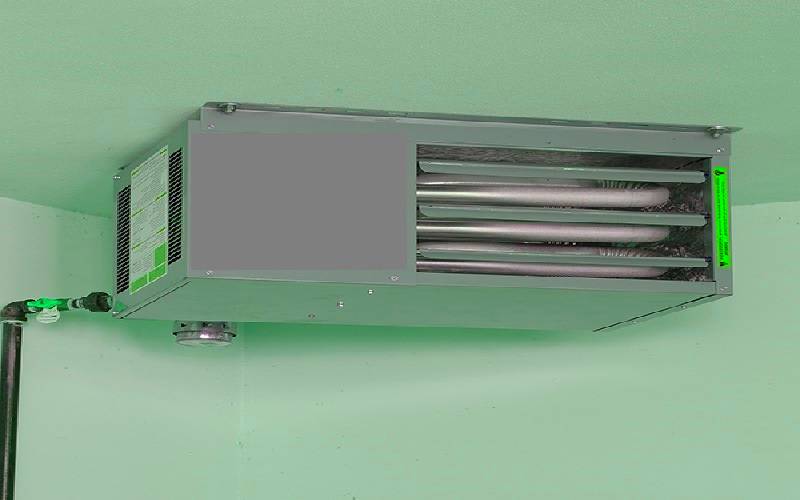
75000 BTU Garage Heater
A garage heater is an essential appliance for those who spend significant time in their garages, whether it’s for automotive work, DIY projects, or simply to protect their vehicles from freezing temperatures.
The comfort and functionality a garage heater brings can greatly enhance the usability of the space, especially during cold winter months.
Choosing the right size garage heater is crucial to ensure efficient heating and avoid unnecessary energy expenses.
In this article, we will delve into the world of garage heaters, focusing on the 75000 BTU garage heater, its suitability for different garage sizes and insulation types, and explore other available options.
What is a Garage Heater, and Why is Size Important?

A garage heater is a specialized heating unit designed to warm up garages and similar spaces effectively. It operates using various fuel sources, such as natural gas, propane, or electricity, depending on the model.
The heater’s size, typically measured in British Thermal Units (BTUs), plays a critical role in determining its ability to heat a specific area efficiently.
Having the right size garage heater ensures that your workspace remains warm and comfortable, and it prevents unnecessary energy waste.
BTU Calculator: Understanding the Basics
BTU, or British Thermal Unit, is a standard unit of measurement for energy. In the context of garage heaters, it represents the amount of heat needed to raise the temperature of a certain space by one degree Fahrenheit.
To determine the appropriate BTU rating for your garage heater, you need to consider several factors, as follows:
The Size of Your Garage: Measure the length, width, and height of your garage to calculate its volume in cubic feet.
The Insulation of Your Garage: Assess the level of insulation in your garage. Well-insulated garages will retain heat better, while poorly insulated ones will lose heat more quickly.
The Climate You Live In: Colder climates require more BTUs to maintain a comfortable temperature.
Frequency of Heater Usage: If you plan to use the heater frequently, you may need a larger BTU rating to meet your heating demands.
75000 BTU Garage Heater: Is it Enough for You?
The 75000 BTU garage heater is a powerful heating unit capable of generating substantial warmth. It is particularly suitable for heating a two-car garage that is approximately 20 feet by 20 feet in size with average insulation.
In such a scenario, this heater can provide adequate heating performance to maintain a comfortable working environment.
Specifications of a 75000 BTU garage heater:
- Heat output: 75000 BTUs
- Fuel type: Natural gas or propane
- Power consumption: 1500 watts
- Heating capacity: Can heat a garage up to 2000 square feet
- Safety features: Tip-over switch, flame failure safety device, carbon monoxide detector
- Installation: Requires venting to the outdoors
- Dimensions: 20 inches high x 26 inches wide x 25 inches deep
- Weight: 85 pounds
Read Also: Best Way to Heat a Garage Workshop
Benefits of a 75000 BTU Garage Heater
Heating Capacity: The 75000 BTU garage heater can efficiently heat a garage of up to 2000 square feet, making it suitable for medium to large-sized garages.
Flexibility in Fuel Type: This type of garage heater can be powered by either natural gas or propane, providing flexibility in fuel options to suit your preferences and availability.
Safety Features: The heater comes equipped with safety features such as a tip-over switch, flame failure safety device, and carbon monoxide detector, ensuring a secure operating environment.
Additional Features: Depending on the model, you may find added features like a remote control, thermostat for temperature control, timer for automated operation, louver controls to direct airflow, and a one-year warranty for peace of mind.
Drawbacks of a 75000 BTU Garage Heater
Larger Size: Due to its higher heating capacity, the 75000 BTU garage heater may have larger dimensions and weigh more, which could impact its installation and portability.
Venting Requirements: This type of garage heater requires proper venting to expel combustion gases outside, which may necessitate professional installation.
Other Garage Heater Options
Electric Garage Heaters: Electric garage heaters are a popular alternative, especially for smaller garages. They are easy to install, require no ventilation, and offer precise temperature control. They may have higher operational costs compared to gas-powered heaters.
Propane Garage Heaters: Propane heaters are a portable and versatile option for garages without natural gas connections. They offer a good balance of heating capacity and fuel efficiency. They require proper ventilation and occasional tank refills.
Conclusion
Choosing the right garage heater is essential to ensure effective heating, energy efficiency, and safety. For a two-car garage with average insulation, a 75000 BTU garage heater can be a suitable choice.
Factors like garage size, insulation, climate, and frequency of use must be considered to determine the ideal BTU rating.
Whether you opt for a 75000 BTU garage heater, an electric heater, or a propane-powered unit, always follow the manufacturer’s instructions for proper installation and operation to maximize performance and safety in your garage workspace. Stay warm and comfortable while you work on your projects, even during the coldest months of the year.
